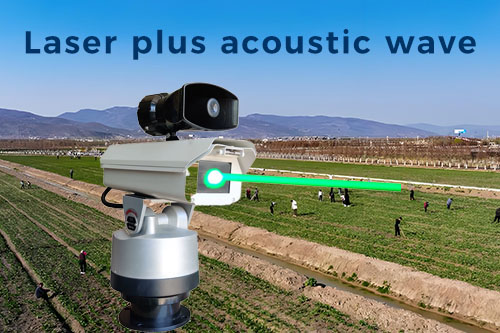Laser bird repellents can be categorized based on application scenarios and functional features into the following main types:
By Application Scenario
Fixed Laser Bird Repellent Devices
These are installed in fixed locations (such as towers, lamp posts, or rooftops) and use mechanical or electronic scanning systems to control the laser beam’s movement range (e.g., 360° horizontally, 180° vertically), covering large areas.
Portable/Mobile Laser Bird Repellent Devices
Compact in size, they can be handheld or mounted on vehicles or drones. Their position and angle can be flexibly adjusted, making them suitable for temporary or small-area protection.
By Control Method
Manually Controlled Laser Bird Repellent Devices
Operated via physical switches or remote controls to directly turn the laser on/off and adjust its direction (e.g., manually rotating the scan angle).
Automatically Controlled Laser Bird Repellent Devices
Equipped with built-in timers, light sensors, or radar/infrared detectors, these devices can automatically activate the laser repelling program based on time (e.g., from sunrise to sunset), ambient light, or bird activity signals.
By Functional Extension
Single-function Laser Bird Repellent Devices
Rely solely on laser beams for bird repelling. They have a simple structure and lower cost.
Multi-functional Bird Repellent Devices
Combine laser technology with other bird repelling methods (such as ultrasound, strong flashing lights, or audio deterrents), enhancing the overall effectiveness through multi-modal stimulation.

Typical Combinations:
- Laser + Ultrasound (targeting different sensory sensitivities)
- Laser + Strong Flashing Light (simulating predator attacks)
- Laser + Bird Predator Calls (e.g., eagle screeches)




